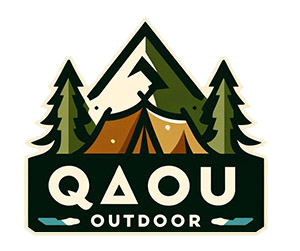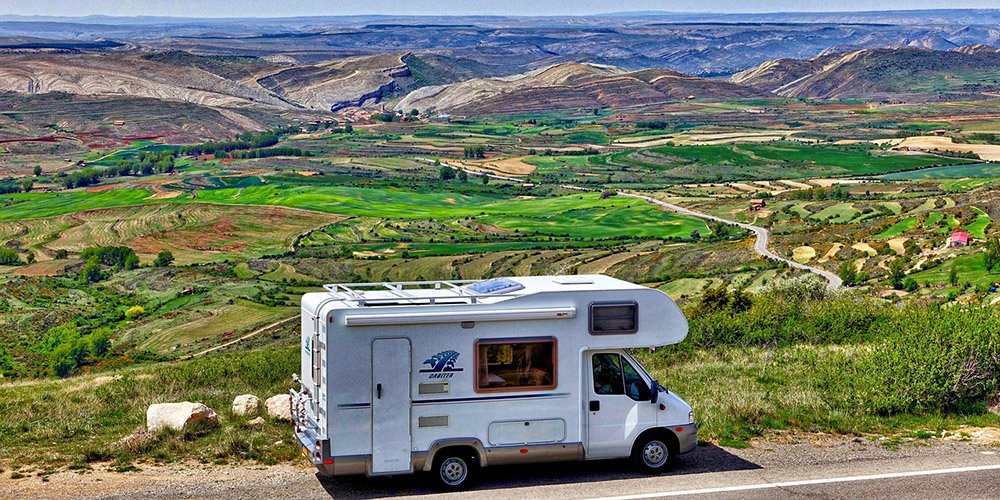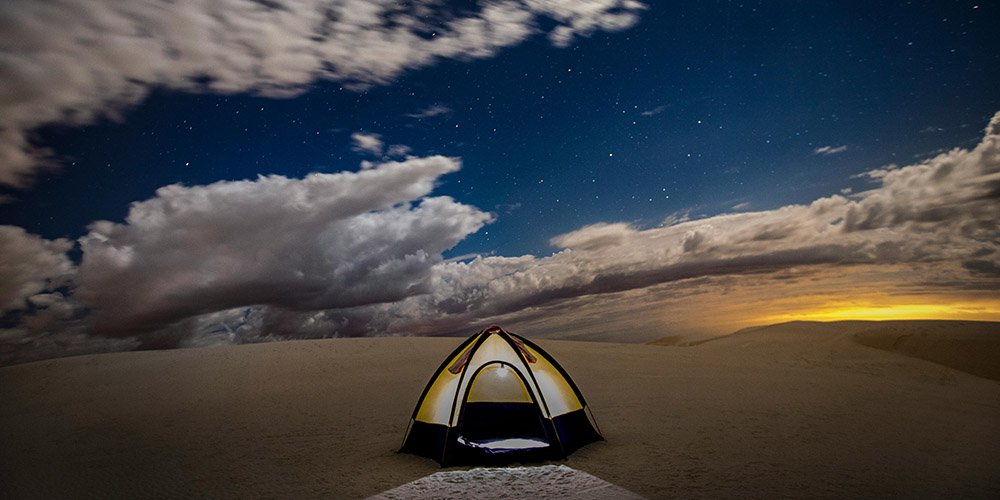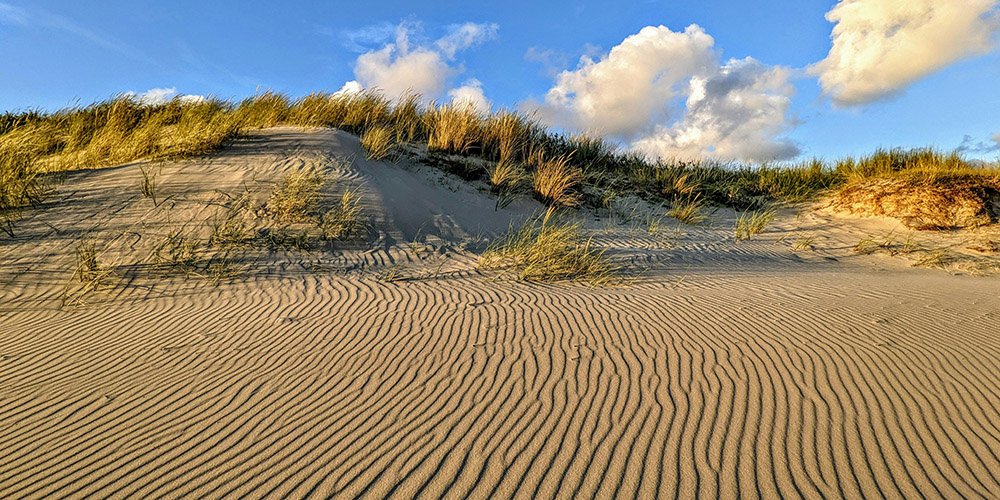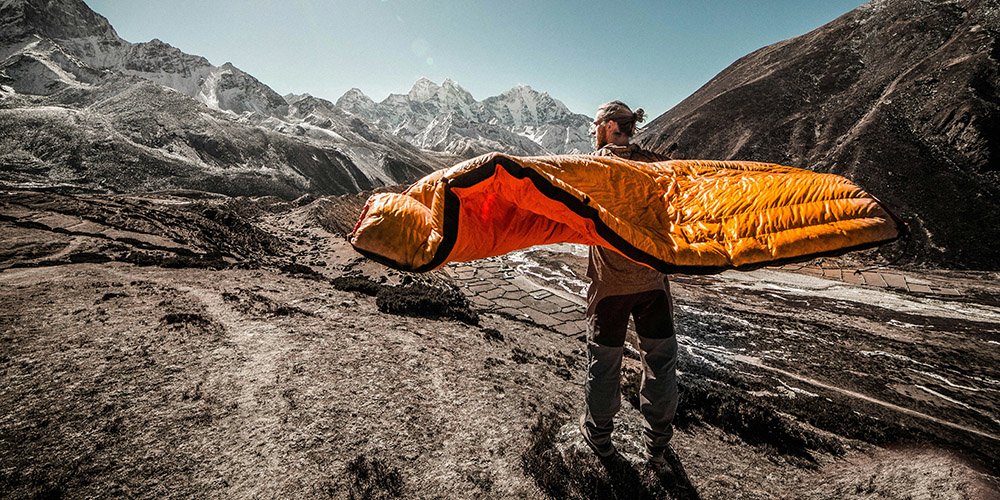How to Camp Comfortably in 30 Degree Weather: Essential Tips and Gear
Camping in 30-degree weather can be a thrilling adventure, offering the opportunity to enjoy the beauty and serenity of winter landscapes. However, it also presents unique challenges that require careful preparation and the right gear.
With the proper knowledge and equipment, you can stay warm and comfortable, making your cold-weather camping experience safe and enjoyable. This guide will help you understand what to expect and how to prepare for a successful camping trip in 30-degree weather.
Camping in 30-Degree Weather: Understanding the Risks
When camping in 30-degree weather, it’s crucial to be aware of the conditions you will face. At this temperature, the risk of hypothermia and frostbite increases, making proper preparation essential. Here are some key considerations:
Temperature and Conditions
In 30-degree weather, the environment can be harsh. You may encounter:
- Cold Temperatures: Maintaining body heat is critical as exposure to cold can quickly lead to hypothermia.
- Wind Chill: Wind can significantly lower the effective temperature, making it feel much colder than it actually is.
- Moisture: Snow and ice can lead to damp conditions, further increasing the risk of hypothermia.
Understanding these factors will help you plan your clothing, gear, and activities appropriately to stay safe and warm.
Potential Risks
Two primary risks when camping in cold weather are hypothermia and frostbite:
- Hypothermia: This occurs when your body loses heat faster than it can produce it, causing your core temperature to drop dangerously low. Symptoms include shivering, slurred speech, and confusion. Immediate action is required, such as seeking shelter, adding layers of clothing, and consuming warm beverages.
- Frostbite: This affects extremities like fingers, toes, and noses, causing numbness, aching, and pale or waxy skin. If you suspect frostbite, gently warm the affected area using body heat or warm (not hot) water.

Essential Gear for Cold Weather Camping
Proper gear is the cornerstone of a successful camping trip in 30-degree weather. Here’s a breakdown of the essential items you’ll need to stay warm and comfortable:
Sleeping Bags
Choosing the right sleeping bag is crucial for maintaining warmth throughout the night. Look for sleeping bags with a temperature rating of 20-30 degrees Fahrenheit. These bags are designed to provide insulation against cold weather, ensuring you stay cozy even as temperatures drop. Features to look for include:
- Insulation Type: Down-filled sleeping bags offer excellent warmth-to-weight ratios, while synthetic bags perform better in wet conditions.
- Shape: Mummy-shaped bags are more efficient at retaining heat compared to rectangular bags.
- Additional Features: Look for draft collars, hoods, and insulated zippers to minimize heat loss.
Sleeping Pads
A high-quality sleeping pad is essential to insulate you from the cold ground. Sleeping pads with a high R-value (which measures thermal resistance) provide better insulation. For 30-degree weather, aim for a pad with an R-value of 4 or higher. Types of sleeping pads include:
- Self-Inflating Pads: Offer a good balance of comfort and insulation.
- Foam Pads: Lightweight and durable but may not provide as much insulation.
- Air Pads with Insulation: Combine the comfort of air pads with added insulation for superior warmth.
Tents
A four-season tent is ideal for camping in 30-degree weather. These tents are designed to withstand harsh conditions and provide better insulation. Features to consider include:
- Limited Mesh: Reduces heat loss and drafts.
- Sturdy Construction: Can withstand strong winds and heavy snow.
- Ventilation: Proper ventilation prevents condensation build-up inside the tent.
Clothing
Layering your clothing is essential to regulate body temperature and stay warm:
- Base Layer: Moisture-wicking materials like merino wool or synthetic fabrics keep sweat away from your skin.
- Mid-Layer: Insulating materials such as fleece or down trap body heat.
- Outer Layer: A waterproof and windproof jacket protects against the elements.
Additional Gear
Other essential items include:
- Hot Water Bottles: Provide additional warmth inside your sleeping bag.
- Hand Warmers: Useful for keeping extremities warm.
- Insulated Containers: Keep food and beverages warm for longer periods.

Dressing for the Weather
Dressing appropriately is vital for staying warm and preventing hypothermia and frostbite. Here’s how to layer your clothing effectively:
Layering System
A proper layering system consists of three main layers:
- Base Layer
- Purpose: Wicks moisture away from the skin to keep you dry.
- Materials: Merino wool or synthetic fabrics like polyester.
- Examples: Long underwear, thermal tops and bottoms.
- Mid-Layer
- Purpose: Provides insulation by trapping body heat.
- Materials: Fleece, down, or synthetic insulation.
- Examples: Fleece jackets, down vests, and insulated pants.
- Outer Layer
- Purpose: Protects against wind, rain, and snow.
- Materials: Waterproof and windproof materials like Gore-Tex.
- Examples: Hardshell jackets, rain pants.
Thermal Clothing
Thermal clothing forms the base layer and is essential for maintaining warmth:
- Materials: Opt for materials like merino wool, which retains warmth even when wet, or synthetic fabrics designed for thermal insulation.
- Fit: Ensure a snug fit to maximize moisture-wicking capabilities and heat retention.
Accessories
Accessories play a crucial role in maintaining overall warmth:
- Warm Hat: Prevents significant heat loss from the head.
- Gloves and Mittens: Insulated gloves or mittens protect your hands from the cold. Consider hand warmers for extra warmth.
- Socks: Thick, moisture-wicking socks made from wool or synthetic materials keep your feet warm and dry.
Also read: Camping with a Baby: Tips for a Fun and Safe Adventure

Setting Up Camp
Properly setting up your campsite is crucial for staying warm and comfortable in 30-degree weather. Here are some tips to ensure your campsite is well-prepared for cold conditions:
Choosing a Campsite
Selecting the right location can significantly affect your warmth and comfort:
- Natural Windbreaks: Choose a site with natural windbreaks such as trees, hills, or rock formations to shield your tent from cold winds.
- Level Ground: Set up your tent on flat, even ground to avoid water pooling and ensure a comfortable sleeping surface.
- Sun Exposure: Opt for a campsite that receives plenty of sunlight during the day to help warm your tent and surroundings.
- Proximity to Water: While being close to a water source is convenient, avoid setting up too close as temperatures can drop significantly near water bodies.
Setting Up the Tent
A well-prepared tent is essential for warmth and protection:
- Ground Cloth: Use a ground cloth or footprint to provide an extra layer of insulation and protect your tent floor from moisture.
- Seal the Tent: Ensure all zippers and vents are properly sealed to prevent drafts and retain heat inside the tent.
- Additional Windbreaks: Create additional windbreaks with tarps or snow walls if natural windbreaks are insufficient.
Insulating the Tent
Enhancing the insulation of your tent can significantly improve your comfort:
- Thermal Blankets: Line the inside of your tent with thermal blankets or reflective tarps to retain heat.
- Floor Insulation: Place foam pads or extra blankets on the tent floor to provide additional insulation from the cold ground.
Staying Warm and Comfortable
Maintaining body heat and staying comfortable are key to enjoying your camping trip in 30-degree weather. Here are some strategies to help you stay warm:
Generating and Retaining Body Heat
Keeping your body warm is crucial in cold weather:
- Physical Activity: Engage in regular physical activities like hiking, gathering firewood, or setting up camp to generate body heat. Avoid overexertion to prevent sweating, which can lead to heat loss when the moisture evaporates.
- Hot Water Bottles: Use hot water bottles to pre-warm your sleeping bag before getting in. Fill a durable bottle with hot (not boiling) water and place it inside your sleeping bag for additional warmth.
- Hand Warmers: Carry hand warmers and use them inside your gloves, boots, or pockets to keep your extremities warm.
Eating and Drinking for Warmth
Proper nutrition and hydration play a vital role in maintaining warmth:
- High-Calorie Foods: Consume high-calorie foods to fuel your body and help generate heat. Include warm, hearty meals like soups, stews, and hot beverages.
- Warm Drinks: Drink warm beverages such as tea, coffee, or hot chocolate to raise your internal temperature. Avoid alcohol and caffeine, as they can lead to dehydration.
- Hydration: Staying hydrated is essential as dehydration can impair your body’s ability to regulate temperature. Drink plenty of water and prevent it from freezing by using insulated containers.
Keeping Extremities Warm
Your hands, feet, and head are most susceptible to the cold:
- Insulated Gloves and Socks: Wear insulated gloves and thick, moisture-wicking socks to keep your hands and feet warm. Consider using hand and foot warmers for added heat.
- Warm Hat and Scarf: A warm hat is essential to prevent heat loss from your head. A scarf or neck gaiter can help protect your neck and face from the cold.

Cooking and Nutrition
Proper nutrition and hydration are crucial for maintaining body warmth and energy levels during camping in 30-degree weather. Here are some tips on how to adjust your meal plans and stay hydrated:
High-Calorie, Warm Foods
In cold weather, your body requires more energy to stay warm. High-calorie, warm meals are essential:
- Oatmeal with Nuts and Dried Fruit: A great breakfast option that provides sustained energy. Add nuts and dried fruit for extra calories and flavor.
- Chili and Stews: These hearty meals can be made ahead of time and reheated over a campfire or stove. They provide warmth and essential nutrients.
- Hot Beverages: Drink hot chocolate, tea, or coffee to help raise your internal temperature. Broths and soups are also excellent choices as they provide both warmth and hydration.
- Trail Mix and Jerky: High-protein snacks like trail mix and beef jerky are easy to pack and provide a quick energy boost.
Insulated Containers and Thermal Cooking
Using insulated containers and thermal cooking techniques can help keep your food and drinks warm:
- Thermos: Use a thermos to keep beverages and soups hot for extended periods.
- Thermal Cooking: Cook meals in insulated pots to retain heat longer, which is particularly useful for slow-cooked meals like stews and soups.
Hydration Strategies
Even in cold weather, staying hydrated is vital. Here are some tips to prevent dehydration:
- Warm Fluids: Regularly drink warm fluids to stay hydrated and maintain body temperature.
- Prevent Freezing: Use insulated containers to prevent your water from freezing. Store water bottles inside your tent or sleeping bag to keep them from getting too cold.
- Avoid Alcohol and Caffeine: These can lead to dehydration and impair your body’s ability to stay warm.
Safety Measures
Staying safe while camping in 30-degree weather involves being aware of potential hazards and knowing how to respond to emergencies:
Recognizing and Responding to Hypothermia and Frostbite
Understanding the symptoms and treatments for cold-related conditions is crucial:
- Hypothermia: Symptoms include shivering, slurred speech, and confusion. If you notice these signs, immediately seek shelter, add layers of warm clothing, and consume warm drinks.
- Frostbite: This typically affects extremities like fingers, toes, and noses. Symptoms include numbness, aching, and pale or waxy skin. If frostbite is suspected, gently warm the affected area using body heat or warm water. Avoid rubbing the area, as this can cause further damage.
Emergency Gear
Having the right emergency gear can make a significant difference in cold-weather camping:
- Insulated Gloves and Hand Warmers: Essential for keeping your hands warm and preventing frostbite.
- Emergency Sleeping Bag and Blankets: Lightweight and compact, these items can provide critical warmth in an emergency situation.
- First Aid Kit: A well-stocked first aid kit should include items for treating hypothermia and frostbite, such as thermal blankets and instant heat packs.
Food and Water Safety
Ensuring food and water safety is also critical:
- Proper Storage: Store food in sealed containers to prevent contamination and protect it from wildlife.
- Cook Thoroughly: Make sure all food is cooked thoroughly to avoid foodborne illnesses.
- Clean Water: Use a water filter suitable for cold weather conditions to ensure your drinking water is safe.

Activities and Entertainment
Embrace the unique opportunities that camping in 30-degree weather offers by engaging in winter-specific activities and finding ways to stay entertained:
Engaging in Winter-Specific Activities
Cold weather camping can be a great time to explore activities that are unique to the winter season:
- Snowshoeing: This activity is excellent for exploring snowy landscapes and can be adjusted to fit different fitness levels.
- Cross-Country Skiing: A fantastic way to get a full-body workout while enjoying the winter scenery.
- Building Snow Shelters: Constructing a snow cave or an igloo can be both fun and practical, providing an additional warm space if needed.
- Night Walks: Taking short walks under the night sky can be serene and a good way to stay active without overexerting.
Balancing Activity and Rest
Maintaining a balance between activity and rest is essential to avoid exhaustion and overexposure to the cold:
- Moderate Exercise: Engage in moderate exercises like gathering firewood, cooking, or setting up camp to keep warm without sweating excessively.
- Rest Periods: Take regular breaks in a sheltered area to warm up and avoid fatigue. Use these breaks to hydrate and consume high-energy snacks.
- Indoor Games and Hobbies: Bring along books, board games, or other portable hobbies to enjoy during downtime in your tent.
Using Heat Sources Safely
External heat sources can significantly enhance your comfort during cold-weather camping. However, safety is paramount to prevent accidents:
Campfires
A well-managed campfire can be a central feature of your cold-weather camping experience:
- Building a Fire: Choose a sheltered location away from your tent and flammable materials. Use dry kindling and larger pieces of firewood to build a stable fire.
- Fire Safety: Never leave a fire unattended. Keep a bucket of water or a fire extinguisher nearby, and fully extinguish the fire before going to bed or leaving the campsite.
- Heat Management: Use the fire for warmth, cooking, and drying wet clothes. Position yourself at a safe distance to avoid sparks and excessive smoke.
Portable Heaters
Portable heaters can provide convenient warmth, especially in a well-ventilated tent:
- Types of Heaters: Propane heaters and catalytic heaters are commonly used for camping. Ensure the heater is designed for indoor use and follow all manufacturer guidelines.
- Ventilation: Proper ventilation is critical to prevent carbon monoxide buildup. Keep a small vent or window open to allow fresh air circulation even in cold weather.
- Safety Precautions: Place the heater on a stable surface away from flammable materials. Regularly check for any signs of malfunction and be aware of the symptoms of carbon monoxide poisoning, such as headache, dizziness, and nausea.
Final Thoughts
Camping in cold weather may seem daunting, but with the right preparation and mindset, it can be an incredible adventure. Embrace the unique beauty of winter landscapes, the quiet serenity of a snow-covered campsite, and the satisfaction of mastering the challenges of cold-weather camping. Equip yourself with knowledge, gear, and a spirit of adventure, and you’ll create unforgettable memories in the great outdoors.
Frequently Asked Questions
Can I use a regular sleeping bag for camping in 30-degree weather?
A regular sleeping bag may not provide adequate warmth for 30-degree weather. It’s best to use a sleeping bag rated for 20-30 degrees Fahrenheit to ensure you stay warm throughout the night.
How can I prevent my water from freezing during the night?
To prevent water from freezing, store it in insulated containers and keep the bottles inside your tent or sleeping bag. You can also use insulating covers or bury the water containers in snow for added insulation.
What should I do if I start feeling symptoms of hypothermia?
If you notice symptoms of hypothermia such as shivering, confusion, or slurred speech, immediately seek shelter, add layers of warm clothing, and consume warm beverages. If the symptoms persist, seek medical attention as soon as possible.
Is it safe to use a portable heater inside my tent?
Using a portable heater inside your tent can be safe if you follow all manufacturer guidelines and ensure proper ventilation to prevent carbon monoxide buildup. Always place the heater on a stable surface and keep it away from flammable materials.
